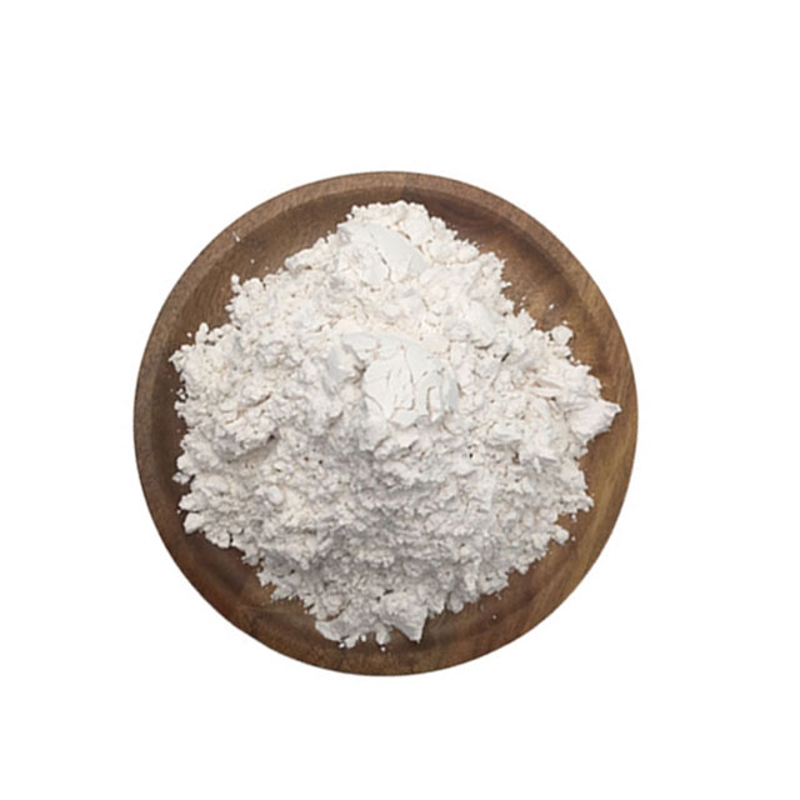-
Categories
-
Pharmaceutical Intermediates
-
Active Pharmaceutical Ingredients
-
Food Additives
- Industrial Coatings
- Agrochemicals
- Dyes and Pigments
- Surfactant
- Flavors and Fragrances
- Chemical Reagents
- Catalyst and Auxiliary
- Natural Products
- Inorganic Chemistry
-
Organic Chemistry
-
Biochemical Engineering
- Analytical Chemistry
- Cosmetic Ingredient
-
Pharmaceutical Intermediates
Promotion
ECHEMI Mall
Wholesale
Weekly Price
Exhibition
News
-
Trade Service
December 8, 2020 // -- About 25 percent of Americans develop fatty liver disease, a disease that causes fibrosis of the liver. There is no easy way to diagnose fatty liver or liver fibrosis; scientists from institutions such as the Massachusetts Institute of Technology have developed a new diagnostic tool based on magnetic resonance (NMR) in a recent study published in the international journal Nature Biomedical Engineering entitled "A portable-single-sided-resonance sensor for the study of liver steatosis and fibrosis".
researcher Michael Cima says that because it's a non-invasive testing technique, we can even effectively screen patients for symptoms of apparent liver damage and detect which patients have liver fibrosis; the device is small enough to be placed on a table and uses NMR technology to determine the spread of water in tissues to reveal the amount of fat present in the tissues of the patient's body.
, which has been done so far in mice, can help clinicians accurately capture liver disease before patients develop liver fibrosis.
Photo Source: 2016.igem.org When the liver accumulates too much fat, it induces fatty liver disease, which can lead to inflammation and eventually liver fibrosis, which causes the accumulation of scar tissue in the liver, which leads to jaundice and cirrhosis, which eventually induces liver failure; Liver fibrosis is usually not diagnosed until a patient has a variety of symptoms, including jaundice, fatigue and abdominal swelling, which usually requires a biopsy to diagnose the patient, but this operation is an invasive process that can lead to inaccurate diagnosis if the biopsy sample is taken from liver tissue that does not have fibrosis.
To develop an easy way to examine the liver disease, researcher Cima and colleagues modified a detector they had previously used to measure the level of hydro-cooperation in a patient's skeletal muscles before and after dialysis, using NMR to track magnetic changes in hydrogen atoms in muscle tissue.
researchers believe similar detectors could be used to identify liver disease because water spreads slowly when it comes into adipose or fibrosis tissue, so tracking how water lasts through the tissue may help shed light on the presence and level of fat or scar tissue in the patient's liver.
the researchers say that if magnetic changes are observed, we can simulate the speed at which protons move, and those where magnetization does not disappear quickly may be a manifestation of low diffusion rates, which means that the tissues are fibrosis.
in a study of mice, the researchers said the probe was able to identify fibrosis in the liver with 86 percent accuracy and fatty liver disease with 92 percent accuracy, and the researchers were able to get results in about 10 minutes, and they are now working on improving the detector's signal-to-noise ratio to effectively reduce the length of time required for detection.
researchers point out that the current version of the sensor can scan about 6 mm below the skin, which may be enough to monitor the liver or human skeletal muscles in mice, and are working on a new version to penetrate deeper below the tissue so that liver applications can be tested in human patients.
If these NMR sensors can be used in patients' bodies, they may be able to identify patients who will develop liver fibrosis in the future, or patients in the early stages of liver fibrosis so that they can receive early treatment; fibrosis cannot be reversed, but can be slowed or suppressed through dietary changes and exercise, and having this type of diagnostic technique may also help scientists develop drugs that will make it easier and more effective for clinicians to identify patients with liver fibrosis and monitor their responses to potential treatments.
Finally, the researchers noted that another potential use of the new sensors/detectors could be to help evaluate transplanted human livers, and in this study, the researchers also tested the sensors in human liver tissue, which showed that they could detect liver fibrosis in patients with 93 percent accuracy.
() References: Bashyam, A., Frangieh, C.J., Raigani, S. et al. A portable single-sided magnetic-resonance sensor for the grading of liver steatosis and fibrosis. Nat Biomed Eng (2020). doi:10.1038/s41551-020-00638-0【2】Sensor can detect scarred or fatty liver tissueby Anne Trafton, Massachusetts Institute of Technology。







